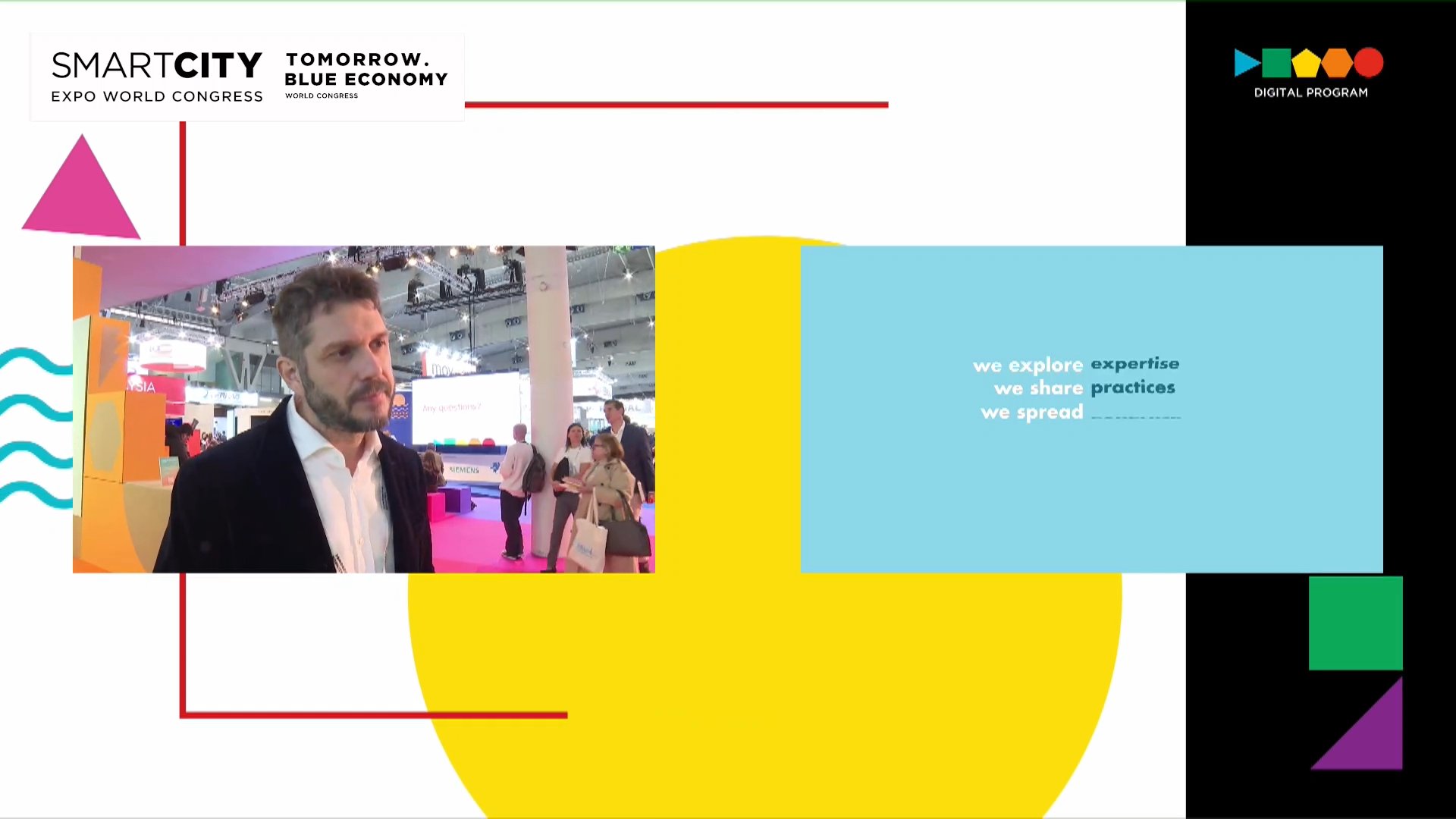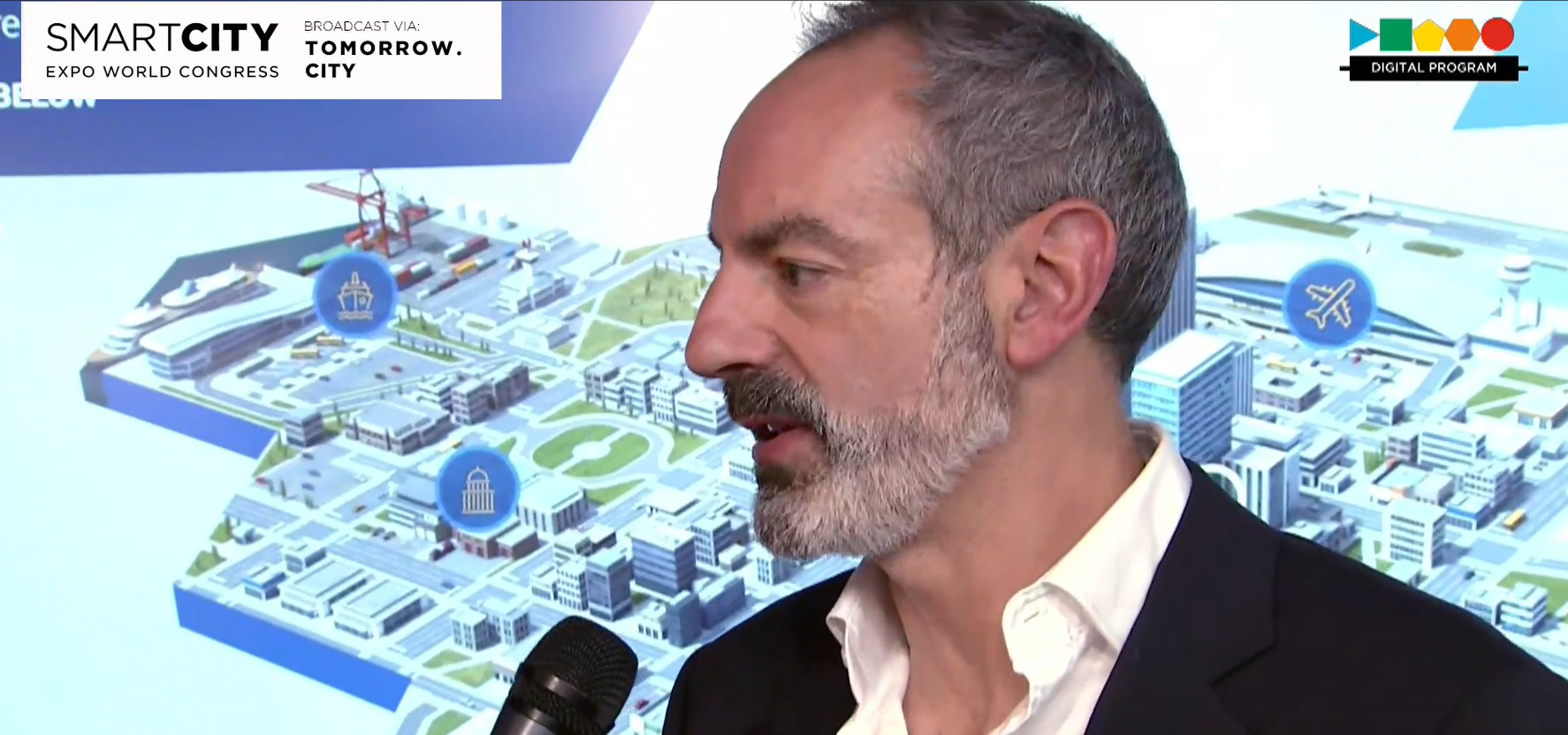Author | M. Martínez EuklidiadasCountries worldwide that had defeated the curve of daily cases are now seeing numbers going up again, due to new outbreaks of COVID-19. Two weeks later, hospitals are becoming saturated and collapsing. It seems that the ‘new normal’ will look as much like the one we left behind as the period of household confinement that many countries have experienced. That will be the hammer and the dance.
These are the new COVID-19 outbreaks in the world
United States, Spain, Mexico, Singapore. Regardless of where we look: in all or nearly all countries, daily confirmed cases per million people are increasing, measured from the day on which the first case per million was confirmed.This form of measuring, without labeling every country with the same date or talking of total infections, is key for comparing countries, since the infection did not reach every country at the same time and these countries do not have the same population.
Action strategies to do away with the new outbreaks of COVID-19
There are various different strategies to combat the spread of new coronavirus infections. These entail, to a lesser or greater extent: not doing anything (allowing infections, USA and United Kingdom at the beginning), mitigation (flattening the infection curve, Switzerland, Mexico, Germany and now the United Kingdom), and suppression (controlling the pandemic, Singapore, China, Spain, Italy).Formally speaking, almost every country has gone through the three phases. First they do nothing (it is not a case of political incapacity or lack of resources, but rather the inability to get ahead of an exponential problem), then they implement moderate measures (mitigation) and, if these fail to work, more aggressive ones (suppression). Then, they return to the moderate measures.
That is the new coronavirus mitigation strategy
That is the new coronavirus suppression strategy
The hammer and dance strategy to tackle COVID-19
As indicated above, nearly all the countries choose a mixture, combining doing nothing, then implementing moderate containment measures (mitigation) and drastic measures (suppression) while seeking a balance between economic and health priorities. Since, although they may be effective, the suppression measures cannot be maintained over the longer term without severely affecting the economy.
For example, Spain is one of the countries that initially most drastically reduced the infection curve, but it did so through strict quarantine measures as did Wuhan in Hubei. This measure saved thousands of lives, but the consequence is that the country experienced a fall in GDP of 20 points with respect to the growth forecast. This is why, once a certain minimum contagion threshold was reached, mobility and the economy were reopened. The immediate effect has been new outbreaks.This combined strategy is known as the ‘hammer and the dance’, after the publication of a study by the Imperial College of London in mid-March. The study illustrated how the rise and fall of the curve (measured in ICU beds) was conditional upon the mitigation or suppression measures, but without reaching zero infections.In the graph above, we can see how ‘the hammer’ dropped in Spain on March 14, 2020 in the form of the State of Alarm with strict quarantine (suppression). Repeated extensions enabled the transmission of the virus to be significantly reduced.However, upon lifting this metaphoric hammer, which represents the mitigation and suppression measures, the infections begin to rise again exponentially. This is why a second State of Alarm is being considered, as is the case in countries including Italy, China, Venezuela or Japan.






















































